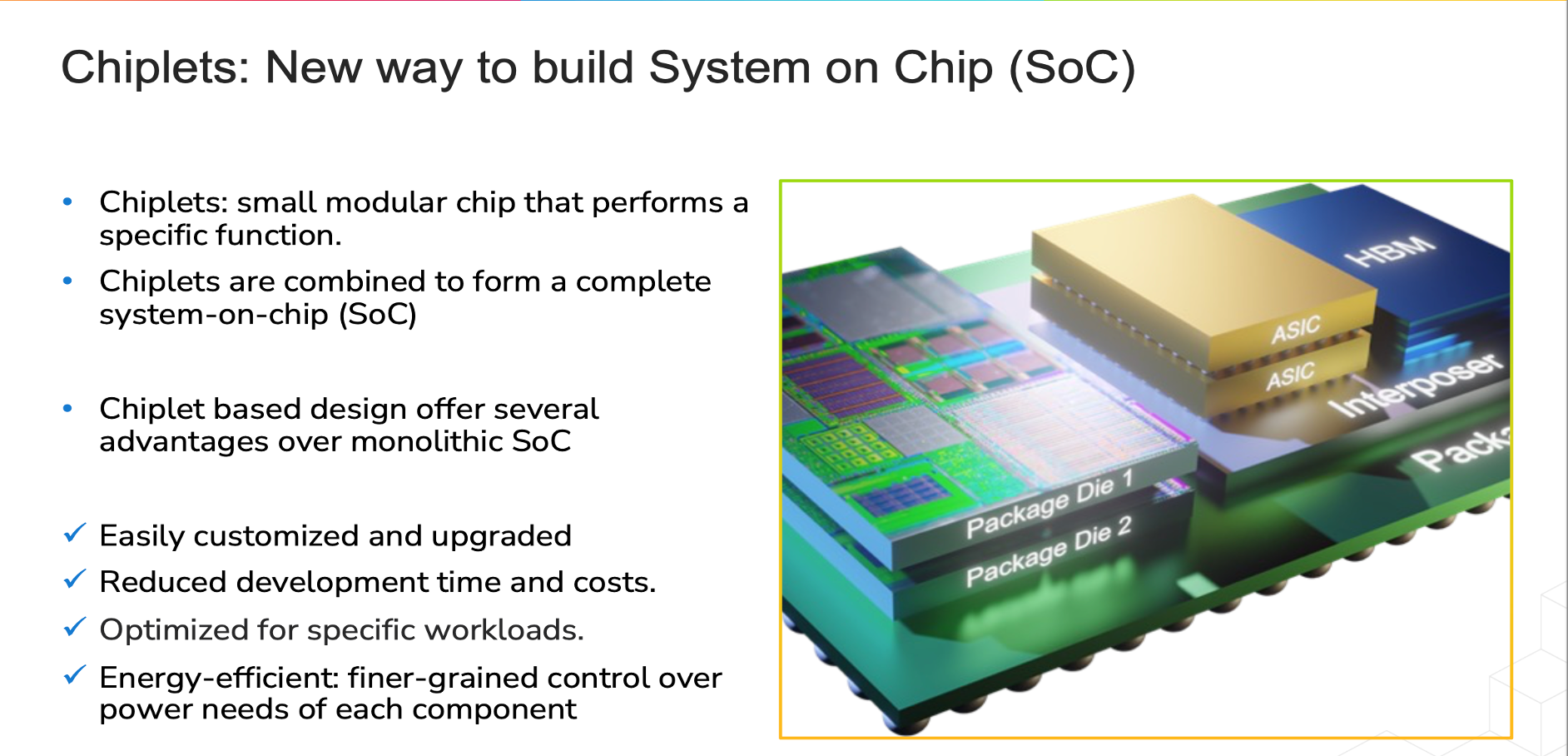
As multi-die and chiplet-based system designs become more prevalent in advanced electronics, much of the focus has been on physical design challenges. However, verification—particularly functional correctness and interoperability of inter-die connections—is just as critical. Interfaces such as UCIe or custom interconnects must be rigorously tested to ensure the entire system performs as intended.
Traditional verification methods face serious challenges when applied to multi-die systems. Creating a unified top-level simulation that includes all dies is computationally demanding. Memory utilization often exceeds the capabilities of typical compute servers, which are geared more toward verifying individual IP blocks or subsystems. Although premium emulation and prototyping platforms like Palladium and Protium can manage such large-scale simulations, they are generally reserved for later stages of validation and software bring-up, not early-stage design.
Most early and mid-cycle verification relies on simulators like Xcelium™ Simulator, which perform power regressions across thousands of runs. These use existing compute farms, but the capacity limitations of typical servers prevent full-system simulations from being practical. Another bottleneck is the time and effort needed to build and debug a new top-level testbench for the integrated system, which can take weeks even when each die has already been verified independently.
A serial approach to interoperability testing is risky. In modern development flows, the goal is always to “shift left”to detect and fix issues as early as possible. Waiting until interposer designs are finalized and all die models are complete delays verification unnecessarily. There’s a better path forward: begin interoperability testing as soon as two or more die models are available, even if other parts of the system are still in development.
This is where the Xcelium Distributed Simulation Verification App offers a game-changing solution. Rather than simulating the entire system as one monolithic design, the Xcelium App enables each die to be simulated in its own process, running independently but connected through Xcelium Virtual Channels that abstract away RTL-level bus interfaces. These distributed simulations use the existing testbenches created for individual dies, significantly reducing the time and effort needed to verify multi-die systems.
Customer experience with the App shows that adapting to this distributed approach typically takes just a few days. Once connected, these simulations enable a wide range of interoperability testing scenarios, including register access, concurrency, die-to-die CRC and retry mechanisms, protocol interactions, and physical-layer behaviors like scrambling and lane repair. These tests are essential for signoff quality assurance in multi-die environments.
Importantly, distributed simulation allows verification activities to begin up to three months earlier than traditional methods well before the interposer layout is finalized. The simulation model is constructed with only minor changes: conditional compile switches to handle traffic generation and memory maps, along with API calls to configure Xcelium Virtual Channels. From there, the Xcelium App handles the distributed communication and synchronization.
Performance is a key concern, but real-world testing has shown distributed simulations to be up to 3X faster than integrated top-level simulations, even with inter-process communication overhead. This is because Xcelium Virtual Channels minimize synchronization needs, allowing each simulation to run at optimal speed except during necessary transaction updates.
The potential of distributed simulation isn’t limited to multi-die systems. As individual dies grow in complexity, the same methodology could be applied to partition large single-die designs into independently simulated blocks, each with its own testbench. With the right communication strategy—favoring asynchronous transaction-based links over tightly coupled cycle-by-cycle synchronization—distributed simulation can scale to manage increasing design sizes efficiently.
Bottom line: Multi-die systems are becoming a foundational part of modern electronics, yet functional verification has struggled to keep pace with physical integration. The Xcelium Distributed Simulation Verification App provides a robust, scalable, and early-deployable solution. It enables full-system functional verification using existing testbenches and compute infrastructure, advancing shift-left strategies and accelerating development cycles without sacrificing quality or confidence in design correctness.
You can view the whitepaper here.
Also Read:
Chiplets and Cadence at #62DAC
Prompt Engineering for Security: Innovation in Verification
New Cooling Strategies for Future Computing
Share this post via:




Comments
There are no comments yet.
You must register or log in to view/post comments.